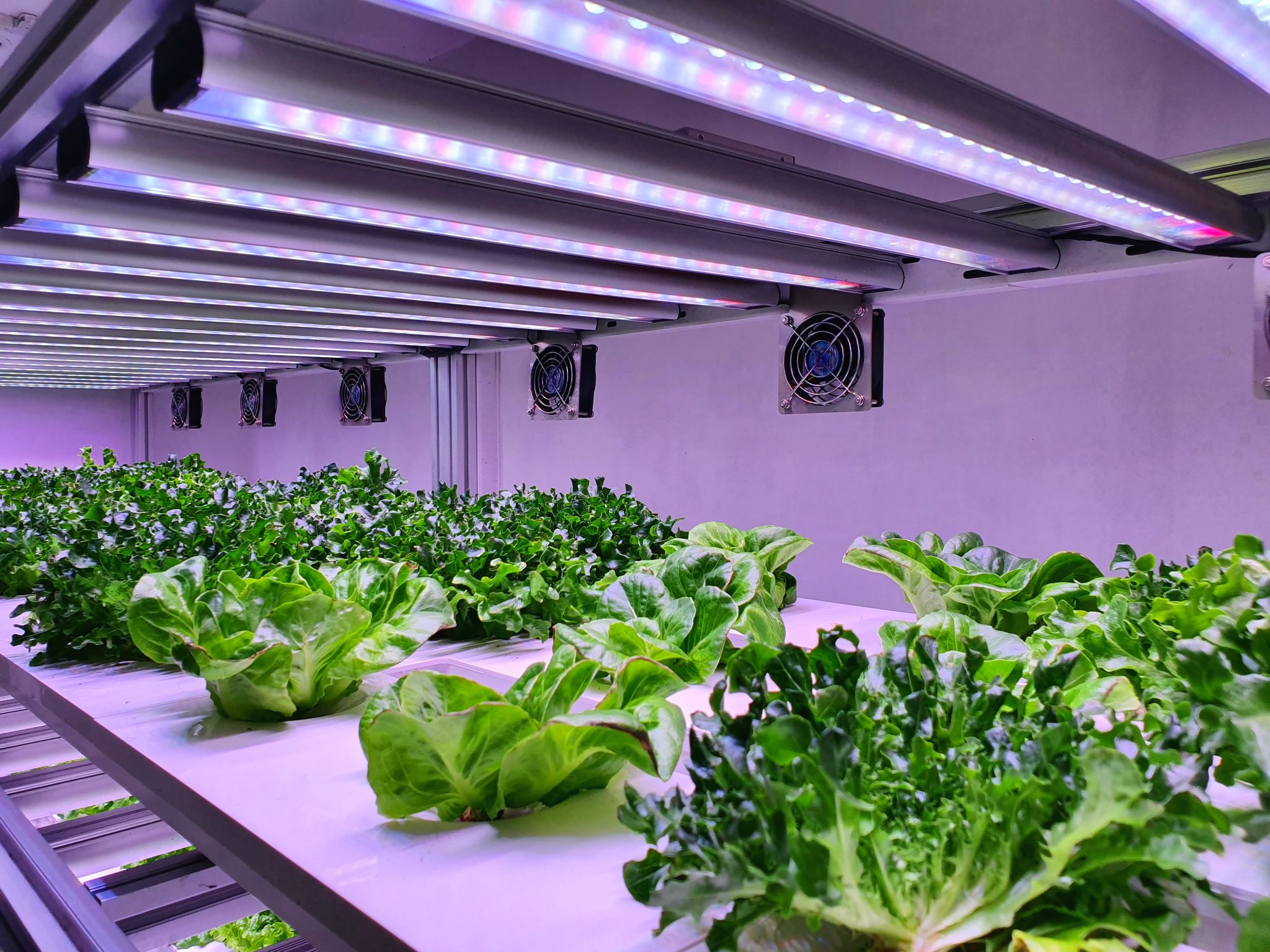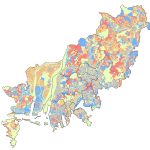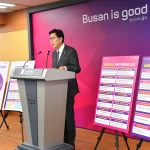SEOUL, South Korea — In a groundbreaking policy shift, the South Korean government has officially approved regulations that allow vertical farms—high-tech, stacked agriculture facilities using minimal land and resources—to operate within its industrial complexes. The new law represents a strategic move to promote sustainable agriculture within urban spaces, harnessing technology to meet challenges of food security and environmental sustainability.
South Korea’s Ministry of Agriculture, Food and Rural Affairs (MAFRA), in collaboration with the Ministry of Trade, Industry, and Energy (MOTIE) and the Ministry of Land, Infrastructure, and Transport (MOLIT), spearheaded the regulatory changes. The decision aligns with the government’s ambition to advance “smart farming,” positioning the country as a leader in agri-tech innovation. Starting November 12, 2024, vertical farms will be allowed to join manufacturing and tech enterprises in industrial zones nationwide, marking a significant policy milestone.
As cities across the globe face issues of land scarcity, climate unpredictability, and rising urban populations, vertical farming has emerged as a promising solution. By growing crops in vertically stacked layers within controlled environments, vertical farms offer an efficient, land-saving approach to food production. Countries like Singapore and the Netherlands have pioneered similar ventures, successfully using vertical farms to produce local food with reduced water and energy usage. With the new policy, South Korea joins these countries in embracing technology-driven farming solutions for urban food security.
In recent years, South Korea has pursued various smart agriculture projects aimed at enhancing productivity, reducing environmental impact, and meeting the demands of urban consumers. The introduction of vertical farms in industrial complexes further supports the nation’s long-term goals for a sustainable, self-sufficient food system.
Previously, South Korea’s industrial complexes were limited to traditional manufacturing and knowledge industries, which excluded agricultural ventures. The amended law, effective November 12, 2024, allows vertical farms, classified as “plant factories” or “smart farms” in South Korea, to operate legally within 1,315 industrial complexes across the country.
Vertical farming facilities, often referred to as plant factories or smart farms in Korean, are now permitted to set up in these complexes. By enabling vertical farms to share infrastructure with other industries, South Korea hopes to create synergies, such as efficient logistics and reduced energy usage, that can benefit both agriculture and nearby manufacturing industries. The updated policy has laid the groundwork for urban agriculture to thrive in industrial zones, promising a new era for food production in the country.
According to MAFRA officials, the integration of vertical farms within industrial complexes offers significant economic advantages. By allowing year-round production of crops close to urban markets, vertical farms can enhance food security while reducing the costs associated with long-distance transportation and spoilage. Additionally, the policy is expected to create new job opportunities in the agricultural technology sector, boosting employment rates and supporting South Korea’s high-tech agricultural ecosystem.
Environmentally, vertical farms are designed to operate with lower water consumption and minimal pesticide use compared to conventional farming. With crops grown in tightly controlled environments, these farms reduce exposure to weather volatility, promising greater food stability. The logistics of co-locating food production within industrial zones also cuts down on transport emissions, supporting South Korea’s goal to reduce greenhouse gas emissions by 40% by 2030.
Industry experts see this policy as a major step toward creating an efficient, sustainable agricultural model. “Vertical farms offer the possibility of producing high-quality crops in a controlled setting, which is critical for ensuring a steady food supply in urban environments,” noted Park Joon-ho, an agricultural economist in Seoul. “By allowing these farms in industrial complexes, South Korea is not only enhancing food security but also laying the foundation for a new agricultural industry with global potential.”
Government officials have expressed optimism about the regulatory update. Director of Agricultural Innovation at MAFRA, highlighted the policy’s collaborative nature, crediting the Ministry of Industry and the Ministry of Land for enabling a multi-agency approach. “This policy represents the culmination of collaborative efforts across multiple government bodies to support a high-value agricultural industry. Vertical farming within industrial complexes marks an essential step toward building a self-sufficient, tech-driven agriculture sector in South Korea,” he said.
Industry stakeholders are similarly enthusiastic. Many companies in the agri-tech sector have been awaiting this regulatory change to pursue urban agriculture more actively. Representatives from food and technology companies have indicated plans to invest in vertical farming facilities within industrial zones, expecting significant operational benefits. “We can now grow high-quality raw materials consistently, with the added advantage of proximity to our manufacturing facilities, which will streamline processing and distribution,” said a spokesperson for a leading food tech company in South Korea.
South Korea’s vertical farming policy places it alongside other nations that have integrated agriculture into urban planning. Singapore, known for its focus on food security, has invested heavily in vertical farming initiatives due to limited arable land. The Netherlands, a leader in agricultural exports, has also successfully implemented large-scale vertical farms that contribute to its food system’s resilience. By joining this global movement, South Korea positions itself as an innovator in agri-tech and sustainable food production, setting a model that could inspire other nations with dense urban areas and food security concerns.
With this policy in place, South Korea has already begun plans to strengthen its vertical farming sector further. The Ministry of Agriculture has proposed tax incentives for core equipment, such as LED lighting systems, used in vertical farms. They are also working on a research and development (R&D) budget to support innovations in plant factory technology, aiming to make South Korea a leader in the vertical farming industry by 2030.
Challenges, however, remain. High energy consumption, required for artificial lighting and temperature control, poses an obstacle. South Korea’s government is actively exploring renewable energy options and potential subsidies to offset these operational costs. The government also plans to work with industry leaders to ensure that the infrastructure within industrial zones can support the unique needs of vertical farming.
As South Korea opens its industrial complexes to vertical farms, it takes a bold step toward reshaping its agriculture sector for a sustainable, urbanized future. The new policy reflects the nation’s commitment to integrating technology into traditional industries and adapting to modern environmental and economic demands. In joining a global movement for sustainable agriculture, South Korea positions itself as a hub for agricultural innovation—a shift that may well influence food production strategies worldwide in the years to come.



